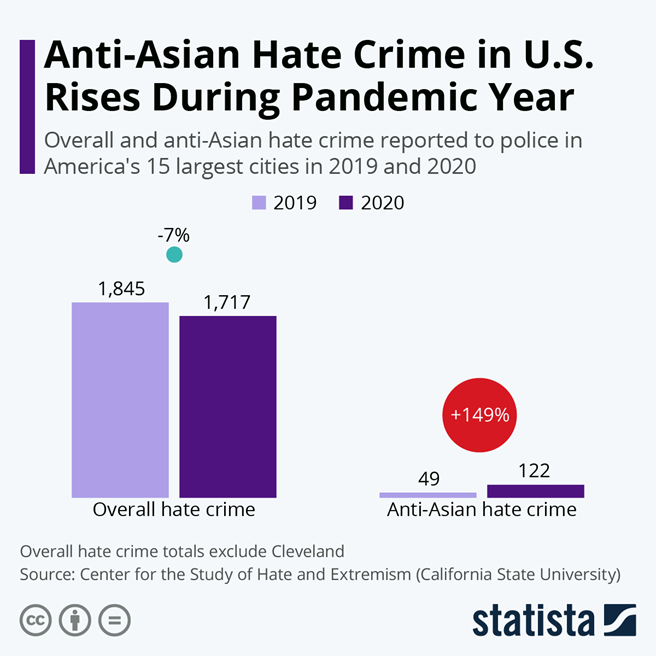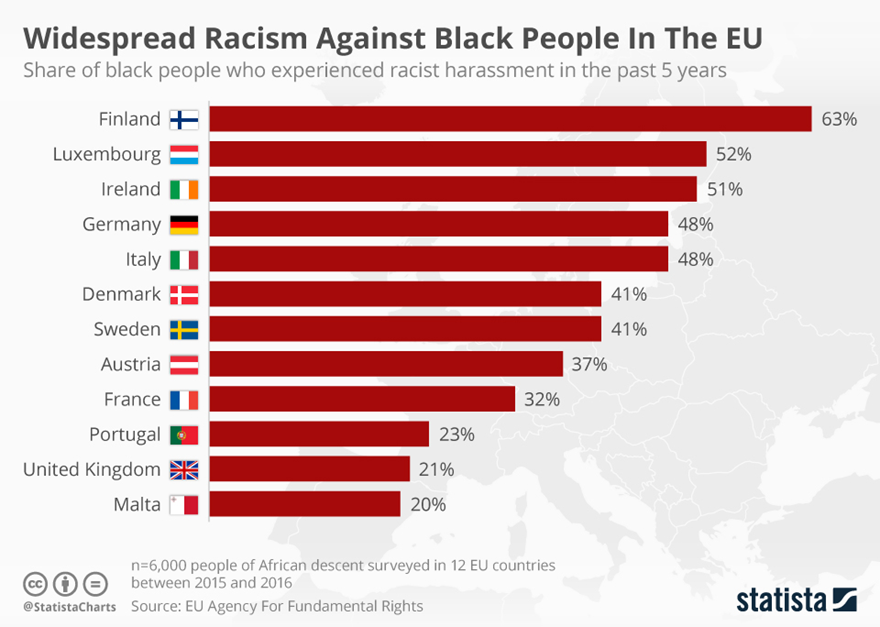The Power of Multicultural Communication
in Digital Spaces
“We truly believe in the importance of collective action. We will only be able to make a difference when we come together, for the good of everyone. Now is the time to act for a safer tomorrow and a better future.” — BLACKPINK
As I mentioned in my previous blog, contextualizing digital information matters. We live in a world where books get banned from public schools because individuals claim it is about “divisive and controversial subjects” and “taught Critical Race Theory.”
The contribution I want to make with my second blog is to turn our attention to differences and similarities and how we communicate with each other in multicultural digital spaces, since I socially engage in various global citizen activities daily, including work.
While on this train of thought, I talked with a friend about the importance of the paradox of tolerance and realized that I am a skeptic while cultivating patience and tolerance when dealing with exhausting topics. In a multicultural digital space and global communication, we find ourselves not confined to the borders of a singular nation but rather immersed in a landscape where geopolitical complexities and interconnected issues are analyzed within the parameters of occurring intersectionality. In this context, multiculturalism pertains to the evolving perspectives of digital native populations regarding the acceptance of others, juxtaposed with the prevalent acts of violence and racism that permeate our world.
Acknowledging that our individual positions and social statuses in society substantially influence our cognitive processes and actions is imperative. The privileges we may enjoy are not universal, and pursuing social change necessitates an introspective transformation of ourselves. Hence, change must start with our mindset. Furthermore, racism, a deeply entrenched societal ill, knows no boundaries; it manifests in various ways across Europe, Asia, and the United States. Conversations with individuals of diverse ethnic backgrounds who have traversed the globe reveal a tapestry of poignant stories, such as incidents where Chinese students faced aggression within the confines of a Stockholm subway.
When we engage in mass communication, we can expose the pockets of social problems plaguing the world and optimize the nimbleness of the processes of social change that we want in globalization.
So, why are widespread hate crimes in the U.S., Europe, and all around the globe? Does skin color or origin have anything to do with this social phenomenon? What does systemic racism look like, overtly and covertly? We need to start getting the uncomfortable conversations going.
We don’t need to be cognitive scientists to understand what aversive racism looks like in our spaces. Individual perspectives and narratives are critical because they can help create a balanced strategy for implementing multiculturalism, such as in global international governmental organizations.
In my professional expertise, individuals must dissect and articulate their viewpoints adeptly. Moreover, I am committed to supporting nations that collaborate with multinational corporations committed to upholding human rights, labor standards, and environmental responsibilities. In cross-cultural communication, this holds particular significance in the United States, Europe, and East Asia, where addressing misconceptions or misinterpretations regarding one’s intentions is pivotal.
My involvement in the international business landscape has spanned a significant duration, to the point where the normalization of certain exploitative practices has become all too familiar. So, stumbling upon discriminatory remarks on the internet can cast a pall over my spirits. Consequently, I am interested in crafting an inclusive and nurturing digital environment accommodating individuals of diverse backgrounds, learning styles, and capabilities. Hence, cross-cultural communication is paramount in today’s interconnected world.
Gayatri Chakravorty Spivak pointed out that resources are non-existent in some regions. Meanwhile, within Information and Communication Technology (ICT) for Development, we envision a global community seamlessly connected to the internet, affording leisure time for social media consumption. The harsh reality is that life’s complexities are exacerbated when resources are scarce, depriving people of necessities such as clean drinking water.
We are often firmly committed to improving the world around us. However, we may not frequently immerse ourselves in the places we write about, so we forget that firsthand experiences shape people within specific cultural spaces. We must consider the extent to which we invite individuals with diverse perspectives and abilities to learn and grow and, most importantly, to hear their voices. When I read something on my social media feed that makes me feel uneasy, I pay attention to my inner voice.
Similarly, pop culture artists can be social change drivers and put goodness in the world. I am ending here with the meaningful words of Jon Batiste, who released a new album, World Music Radio, in August 2023. Indeed, “We are born the same,” so “Be who you are” in this world.
References
(2022). U.S. Agency for International Development. Usaid.gov. https://www.usaid.gov/
“We experienced a racist assault for wearing face masks in Stockholm.” (2020, May 20). The Local Sweden. https://www.thelocal.se/20200520/we-experienced-a-racist-assault-for-wearing-face-masks
Alcoff, L. (2021). Critical Philosophy of Race (E. N. Zalta, Ed.). Stanford Encyclopedia of Philosophy; Metaphysics Research Lab, Stanford University. https://plato.stanford.edu/entries/critical-phil-race/
Asian American Author’s Book is Banned in New York School Districts. (n.d.). NBC Bay Area. Retrieved October 5, 2023, from https://www.nbcbayarea.com/video/asian-american-authors-book-is-banned-in-new-york-school-districts/2669717
Banaji, M. R., Fiske, S. T., & Massey, D. S. (2021). Systemic racism: individuals and interactions, institutions and society. Cognitive Research: Principles and Implications, 6(1). https://doi.org/10.1186/s41235-021-00349-3
Be Who You Are (Music Video) | Coke Studio | Jon Batiste, J.I.D, NewJeans, Cat Burns, Camilo. (n.d.). Www.youtube.com. Retrieved October 5, 2023, from https://youtu.be/XEsrFIQOWZg?feature=shared
BLACKPINK. (n.d.). SDG Advocates. https://www.unsdgadvocates.org/blackpink
Covert racism. (2020, December 15). Wikipedia. https://en.wikipedia.org/wiki/Covert_racism
https://www.statista.com/chart/16250/black-people-who-experienced-racist-harassment-in-the-eu/
Italy: hate crimes by bias motivation 2021. (n.d.). Statista. Retrieved October 5, 2023, from https://www.statista.com/statistics/660637/hate-crimes-recorded-by-the-police-italy-by-bias-motivation/
Jon Batiste – Worship (Live On The TODAY Show / 2023). (n.d.). Www.youtube.com. Retrieved October 5, 2023, from https://www.youtube.com/watch?v=Z_EOJ720Ts4
Los Angeles Review of Books. (2016, July 29). Los Angeles Review of Books. https://lareviewofbooks.org/article/critical-intimacy-interview-gayatri-chakravorty-spivak/
Noh, S., Kaspar, V., & Wickrama, K. A. (2007). Overt and subtle racial discrimination and mental health: preliminary findings for Korean immigrants. American journal of public health, 97(7), 1269–1274. https://doi.org/10.2105/AJPH.2005.085316
(2008, July 26). Statue titled, Monument to Multiculturalism by Francesco Pirelli, in front of Union Station, Toronto, Ontario, Canada. 5 exp hdr; Wikimedia Commons. https://commons.wikimedia.org/wiki/File:Reach_Toronto.jpg
Wikipedia Contributors. (2019, August 13). Aversive racism. Wikipedia; Wikimedia Foundation. https://en.wikipedia.org/wiki/Aversive_racism




